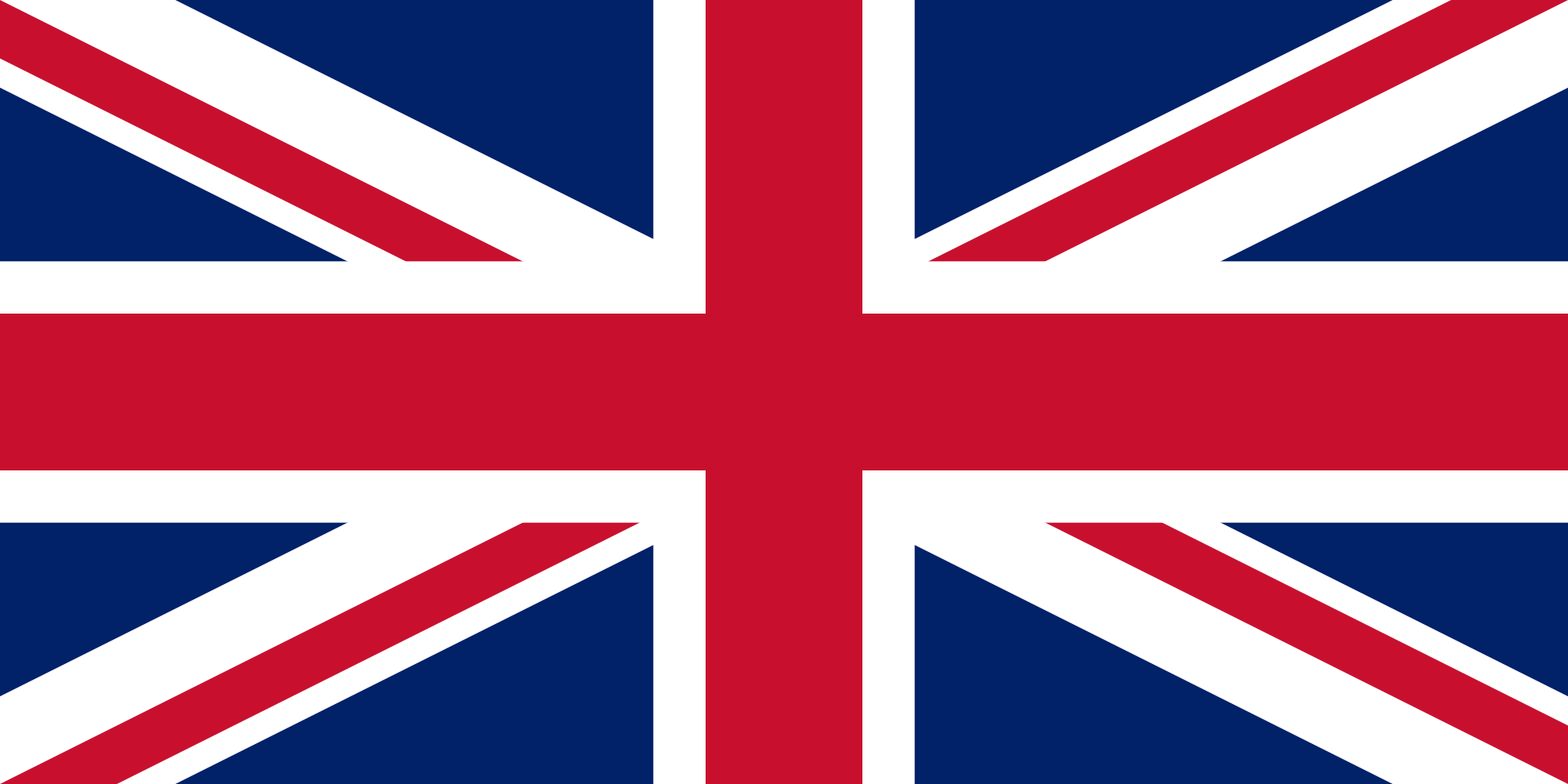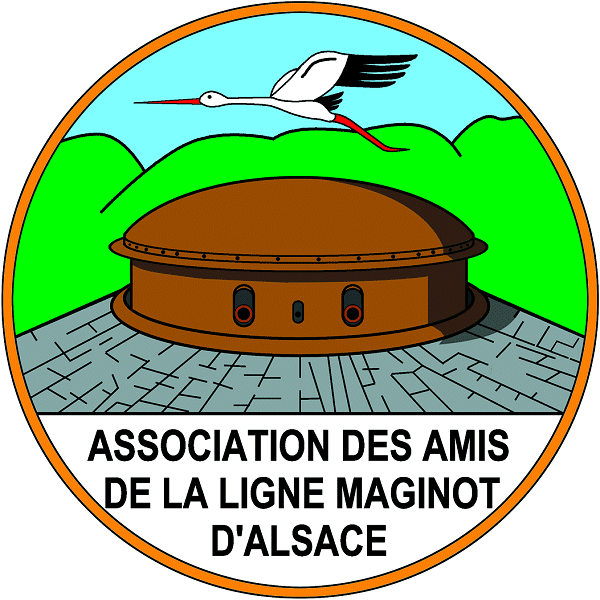Contact
3 route de Hoffen
Phone: +33 3 88 80 95 19
E-Mail
Website
Experience World
Fort Schoenenbourg
The Fort Schoenenbourg is a widespread underground bunker and defence facility, which is located between Wissembourg and Haguenau. From the village Schoenenbourg there are signs leading to the entrance blocks.
Casemate Esch
Casemate Esch is located near Hatten, around 13km South-East of Fort Schoenenbourg. As a casemate it is also an independent defence facility of the Maginot Line. Built from 1930 to 1931, it offered space for 24 men crew and was designed to defend the near field with loopholes for guns and anti-tank cannons.
Tour Offers and Information
Guided Tours
Monument and History
History The experiences of the First World War prompted France to build its largest defense structure from 1929. Planning for this began as early as 1919, immediately after the First World War. The goal was to hold a surprisingly attacking enemy at the border for 20 days, to have time for mobilization. Originally, it was therefore called fortification to cover (mobilization). The name of the then Minister of War, André Maginot (1877-1932), was only given to her by the press in 1934.
Quelle: public domain Quelle: U.S. Signal Corps Quelle: Philippe Truttmann, La Muraille de France, Gérard Klopp, Thionville, 1985.
Jean-Bernard Wahl, Il était une fois la Ligne Maginot, Jérôme Do Bentzinger Editeur, 1999
Architecture The Maginot Line is an elongated defence line from several distinctive single buildings and facilities which complete each other’s defence functions. From barb wire fields to detailed artillery works there are all imaginable defence mechanism of this time.
Quelle: Association des Amis de la Ligne Maginot d'Alsace Quelle: Association des Amis de la Ligne Maginot Quelle: Association des Amis de la Ligne Maginot d'Alsace
Nature Experience Alsace is known for its rich natural offer. Hilly landscapes, deep forests, cultivated plateaus or vineyards, parks, gardens and nature reserves alternate with if you're on foot, by bike or car. This leaves nothing to be desired for the nature lover, as he moves along the often hidden Maginot line through Alsace.
Quelle: AAMLA Quelle: ©Charles Hirlimann Quelle: © Christian Amet
Partner







